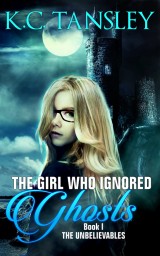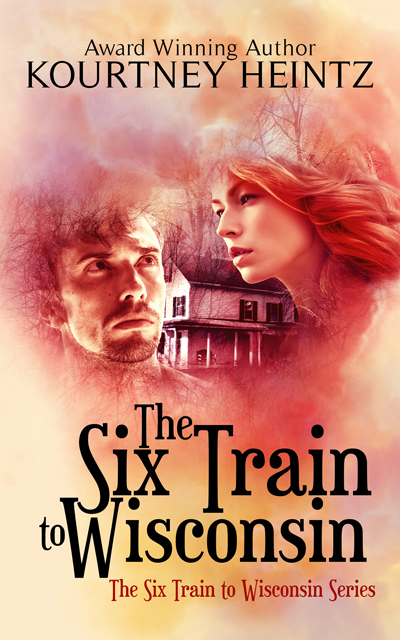Most writers make the mistake of introducing too many characters or not making clear who the main character is.
The Hobbit is an excellent example of how to do this properly. We open with Bilbo Baggins. We meet his nephew Frodo briefly, which gives us an anchor from The Fellowship of The Ring films. It’s easier to connect with Bilbo because we know him from the other films, but having Frodo there reminds us of this connection.
Gandolf shows up to take Bilbo on an adventure. Another signal that Bilbo is the main character. Bilbo refuses.
Later, dwarves start showing up on his door in 1s, 2s or 3s. We get to know the dwarves and see how they interact. We might not know all of them by name but we get a feel for who they are individually and within their group.
Then Thorin shows up. We know he’s important. He was the last to arrive and his arrival shifts things.
We watch Bilbo struggle with these uninvited guests. Fret over his food being devoured and the possibility of dishware being broken. Then he receives the invitation to join their quest. We feel for him. Who would want to leave their comfortable life for some dangerous unexpected journey?
The time spent seeing him in his natural habitat helps us understand him and sympathize with him. We bond. Because we see who he is. No one tells us Bilbo is a contented non-adventurous sort. We surmise this from his reactions to the dwarves and the invitation.
To say that this is an epic adventure is an understatement. My mom and I both left the theaters with racing hearts. We were drawn so deeply into the film and were so invested in the characters, we experienced every threat with them. And I think a huge part of that is attributable to the opening sequence.








44 Responses to What Writers Can Learn From The Hobbit: An Unexpected Journey